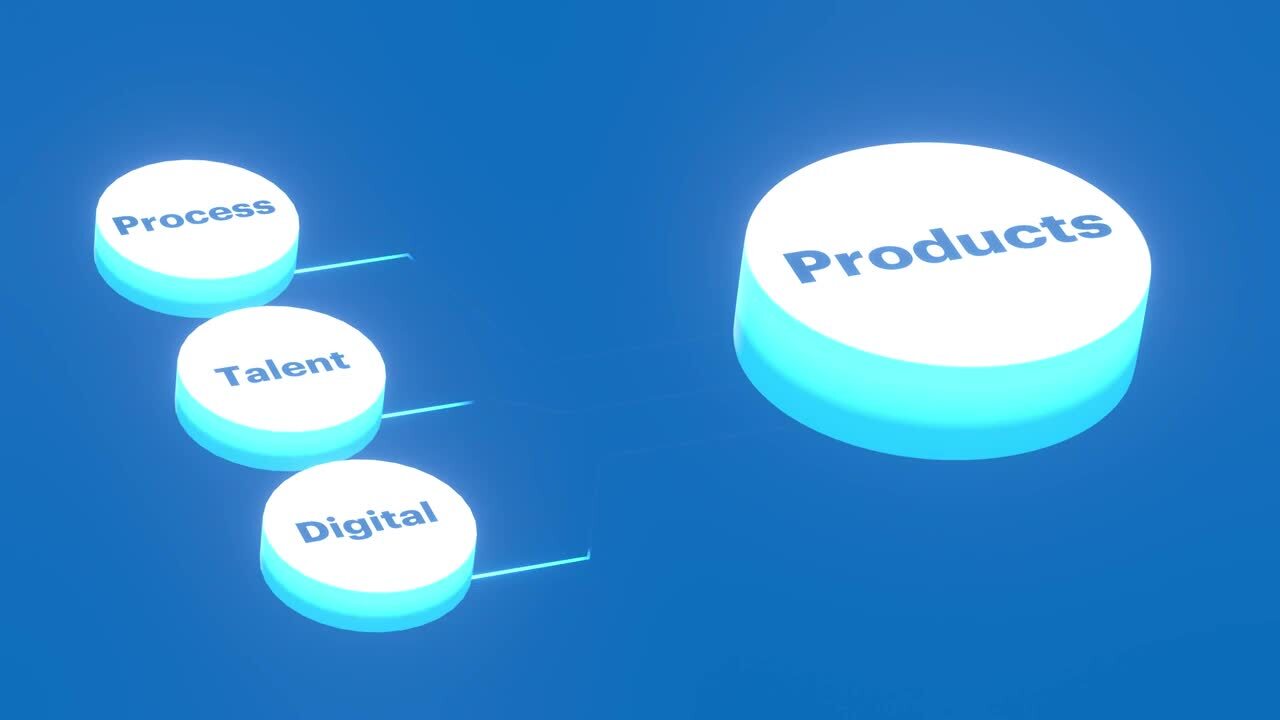CASE STUDY
Bringing blue-sky thinking to global operations
The Microsoft cloud supply chain control tower
5-Minute read
CASE STUDY
The Microsoft cloud supply chain control tower
5-Minute read

Microsoft’s Cloud services more than one billion customers by leveraging a complex supply chain that spans more than 34 markets. The company tracks the movement of physical goods across hundreds of nodes—beginning with the suppliers that make the component parts that power cloud servers. Those critical hardware components are shipped to Microsoft hubs, then routed to system integrators, which assemble servers based on specific demands. The completed servers are then placed in racks, which are in turn grouped into clusters. The clusters are stored in finished goods warehouses until they are sent to data centers around the world.
The scale and complexity of Microsoft’s global cloud supply chain network changed significantly in the last few years due to the rapid growth of the cloud. As a result, the supply chain team needed to reliably pinpoint the whereabouts of critical inventory across its network of partners and suppliers.
With millions of servers across over 200 physical datacenters and continuous expansion to keep up with customer demand, Microsoft needed to work smarter.

Microsoft and Accenture assembled a small team responsible for chartering the Control Tower solution vision by aligning on guiding principles:
The team set out to build the solution foundation, a digital twin data model that would serve as the single source of truth for the movement of physical goods across the Azure supply chain. This Azure-native architecture supported self-serve analytics, as well as bespoke control tower applications.
The team rolled out control tower minimum viable products (MVPs) around two critical domains. The first was an ‘inventory-in-motion’ control tower to track and record the location of rack and data center components in transit and at rest. The second was an operational control tower, built to support the operations teams in coordinating the deployment of clusters to zones with the most pressing capacity needs.
Accenture also tapped its global Supply Chain Control Tower experts to stand up a control tower ‘center of excellence’ to maintain and improve data quality, provide technical support and monitor system and interface performance.
As the partnership progressed, both MVPs matured into full-feature releases. And Microsoft’s integrated Control Tower applications and architecture give its global teams a robust solution that can scale with its cloud business.
Today, the Microsoft Cloud supply chain’s control tower operates as a single source of truth for more than 500 decision makers across multiple organizations and geographies. It has unlocked advanced analytics capabilities, with historical data driving continuous improvement and proactive risk management. Better alignment and coordination between users means that supply chain practitioners can focus their efforts on translating data into valuable insights and driving positive customer outcomes. This helps Microsoft ensure cloud capacity can meet demand and that disruptions can be identified and mitigated quickly.
To date, the Microsoft Cloud supply chain has seen marked improvements in employee efficiency, with hundreds of hours saved prepping data and chasing post-hoc analysis. The team expects to see significant dollars saved in reduced shipment expedites, along with increased expected cloud revenue through more efficient inventory management and distribution.
Looking forward, Microsoft will continue to invest in intelligent response capabilities and end-to-end visibility throughout its supply chain network. The control tower’s flexibility leaves future possibilities open—such as new data models that monitor scope 3 carbon emissions, enabling Microsoft to make climate-smart tradeoffs in real time.
In just one year, this control tower initiative introduced new ways of working for the Microsoft Cloud supply chain—and operations teams and cloud customers alike are seeing nothing but blue skies ahead.